I just gave up on Nvidia RTX 3080 stock and bought this instead
The great graphics card shortage of 2021 forced me to panic-buy an Nvidia GeForce RTX 3090
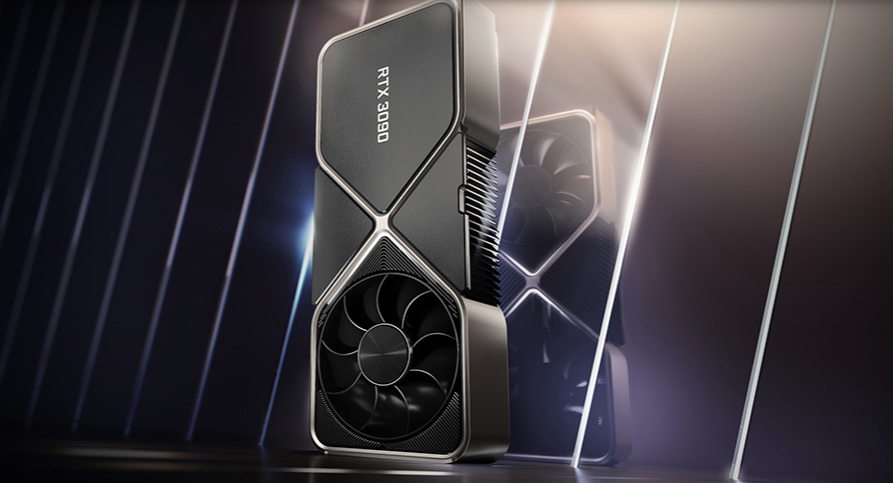
Graphics card stock shortages are going to get worse before they get better. Both Nvidia’s RTX 30-series and AMD’s new Radeon RX 6000 GPUs are near enough impossible for the average consumer to buy at reasonable prices; trying to find where to buy the Nvidia RTX 3080, in particular, is an exercise in superhuman luck as much as it is in retail detective work.
This week, both companies addressed the issue, and both companies broke my fragile PC gamer heart: production would not be able to meet demand for another several months at least. Worse, it appears that the few cards that do emerge from the sold-out void — if only for a few seconds before someone buys them all — are going to get even more expensive.
- The best gaming PCs you can buy
- Everything you need to know about the Nvidia GeForce RTX 3060
- Plus: WhatsApp killer upgrade could shoot down Zoom — here's how
You can probably guess at this point that I was hoping to upgrade to one of these cards, specifically the Nvidia GeForce RTX 3080. And faced with another half-year of disappointment, I snapped: at the earliest glimpse of a hint of a whiff of an opportunity to get something into my basket without a 404 error, I spent more than twice as much on an Nvidia GeForce RTX 3090.
Deep down I knew this was a questionable move. The RTX 3080 would have already breezed through top-quality 1440p (my favored resolution) gaming as if the pixels weren’t even there. So I was giving up drastically more money for unnecessary power consumption and almost comically excessive horsepower.
And yet, I’m not sorry. From MIA stock to greedy hoarders, playing the “sensible” waiting game for new graphics cards has never looked so senseless.
Supply shortages — with more to come
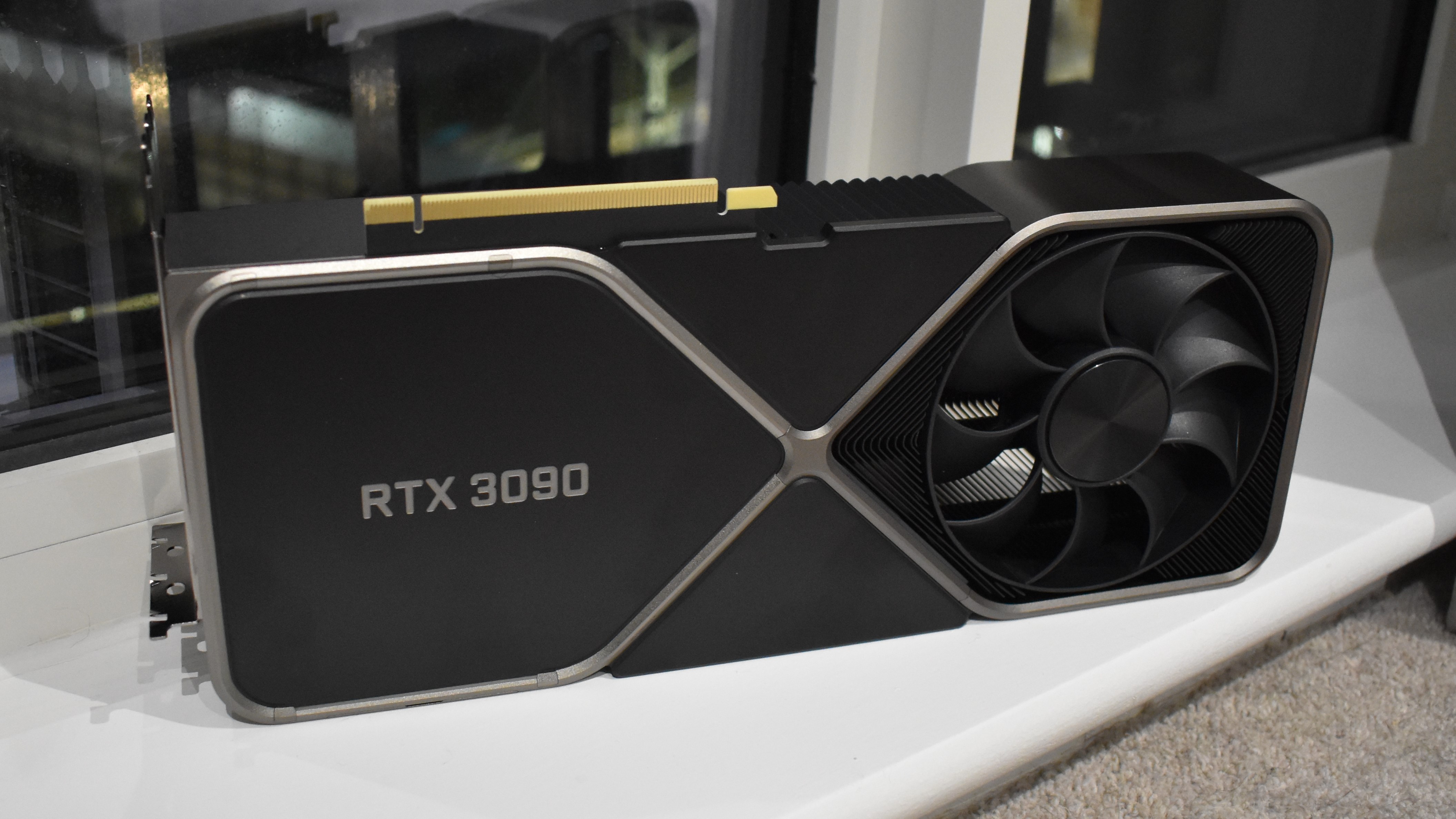
First, some specifics on those AMD and Nvidia developments. Nvidia has blamed the slow production of RTX 30 models on numerous constraints, including the low yield of the 8nm Samsung nodes and a shortage of GDDR6 memory used for its latest graphics cards. Whatever the cause, don’t expect a fix anytime soon: The Verge reported that supply won’t meaningfully increase until late April.
AMD’s Dr Lisa Su, meanwhile, has said that the Radeon line’s own component shortages will continue their knock-off effect on the cards themselves for the entire first half of 2021.
Get instant access to breaking news, the hottest reviews, great deals and helpful tips.
Obviously, no-one truly needs a new graphics card right this instant, and my inability to get more 60 frames per second in Horizon Zero Dawn is not an actual ailment. But when you hear these kinds of timeframes, which are surely best-case scenarios anyway, it would be a cold-blooded PC owner who wouldn’t lose heart.
Is it so bad to spend some extra cash just to end this exhausting cycle of checking, missing out, checking, missing out? Maybe if there was some hope that any day now, Nvidia CEO Jensen Huang would ride over the hill on a mighty green-and-grey stallion, a million RTX 3080s lined up behind him. But there isn’t, and he won’t, no matter how much fanart I draw of it.
The mining boom and rising prices
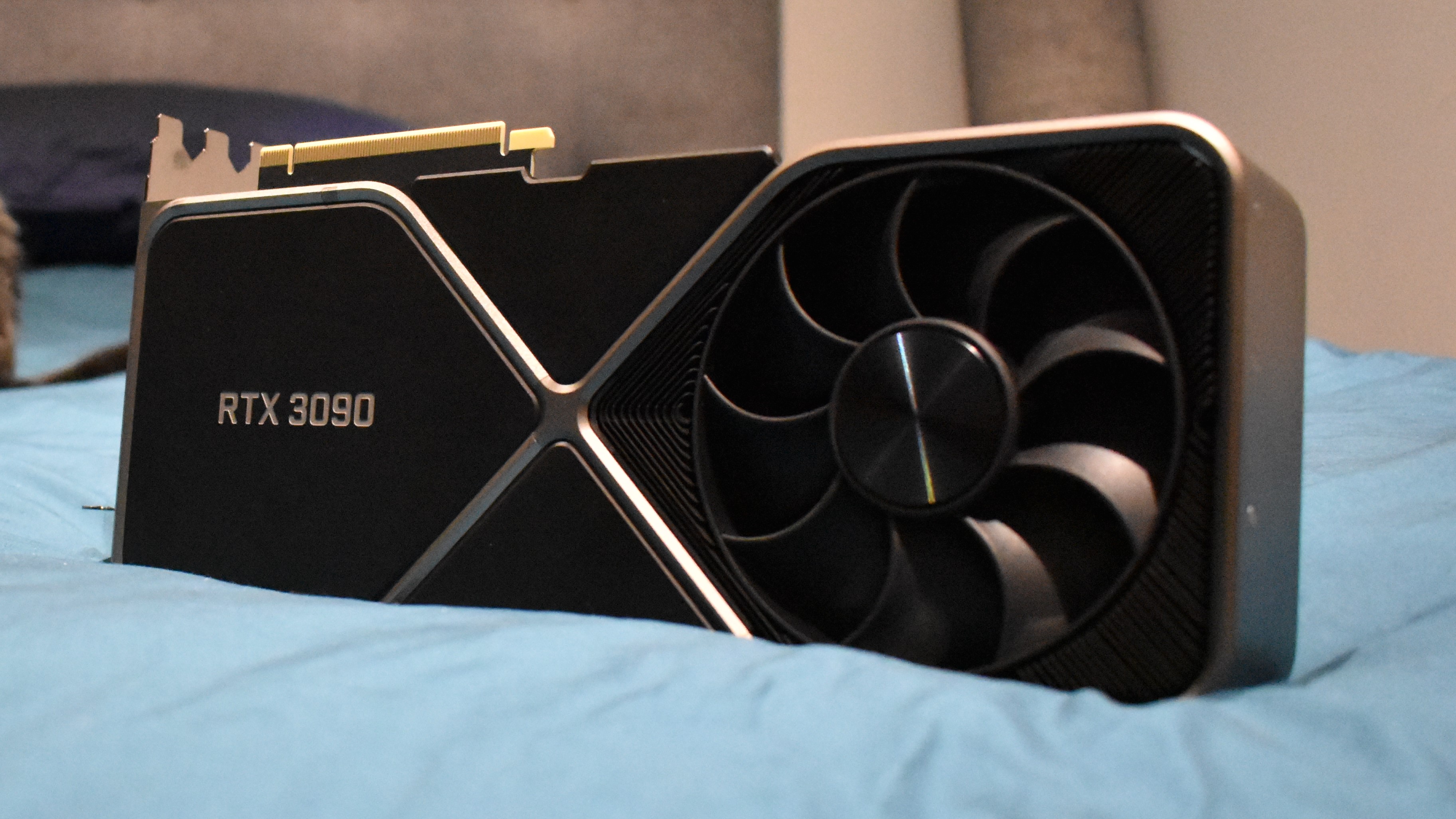
Another reason to take comfort in my loss of $1,499 is that GPU prices are likely headed upward anyway. One of the biggest driving forces looks to be that old nemesis of affordable PC hardware: cryptocurrency mining.
Gaming graphics cards are instrumental in crypto mining, so when Bitcoin and other such digital money recently boomed, the already-strained supply lines for new GPUs were overwhelmed completely, as prospective miners looked to snap up both old and new models to mine as much as possible. In short, we could be seeing a repeat of the 2017 graphics card shortage, when a sustained cryptocurrency goldrush — for those mining operations that still benefit from GPU power — depleted stocks and sent prices skyrocketing.
Then there’s the Trump tax. This won’t affect me as I’m in the UK, but the outgoing U.S. President’s 25% tax on goods imported from China no longer gives an exemption to graphics cards and motherboards. The good news for stateside friends that this hasn’t immediately resulted in on-the-shelf prices shooting up as well, but it wouldn’t be a surprise as manufacturers start feeling the squeeze.
There’s an old, increasingly unfunny joke among PC builders that pokes fun at the infamously volatile pricing of new parts: “When’s the best time to build a PC? The week after you do it.” Now it’s looking like the best time might not be for another few months.
This might seem like nitpicking given the sheer expense of the RTX 3090, especially compared to the RTX 3080. But at least I only paid the launch MSRP for it, and since it’s the Founders Edition it’s as cheap as any RTX 3090 model can possibly be. No tax-inflicted inflation, no price gouging to take advantage of mining interest. Why wait longer just to pay over the odds anyway?
Scalpers and bots running rampant
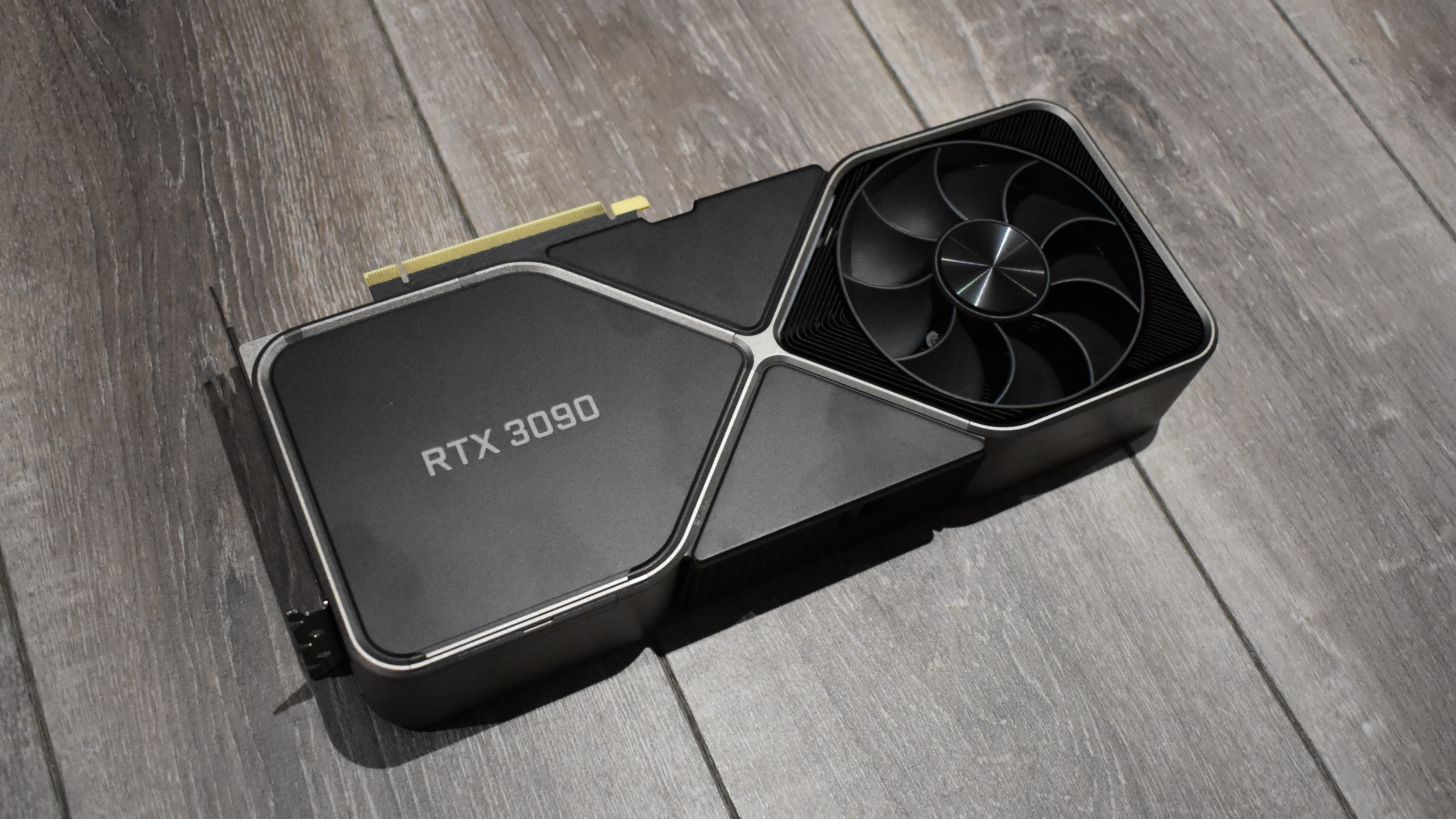
Of course, nothing raises a GPU’s price higher than a scalper setting up his eBay listing. It’s fair to say that the battle against hoarding, against bot-wielding crooks misusing tech to buy and resell hardware at laughable prices, is lost: countermeasures like CAPTCHAs have proven ineffective at stopping the scalpers and their bots from automatically buying up fresh stock as it becomes available.
Low supply is still a factor here, of course, and the scrabble to grab a piece of the latest restock no doubt includes innocent, legitimate PC enthusiasts who have kept their eye on the ball. But when you see a stock alert tweet or Discord message, click on the store link within seconds — literally seconds — of it appearing and the prize is nonetheless already gone, it can feel like fighting a futile war against the machines.
Scalpers will argue that the real value of any item is just what people are willing to pay for it, and if someone out there is willing to drop $1,500 on a $699 card, then reselling is merely a service: an amoral but not immoral push from the invisible hand of the market.
But this ignores, probably wilfully, that the scarcity that drives those high prices is one of their own making. There’d be no need for anyone to pay so far over the MSRP if ordinary consumers simply had access to the products they want, which instead sit stacked in the garages of someone who bought a shopping script. If there’s a hand involved anywhere in this, it’s perfectly visible and it’s flipping buyers the bird.
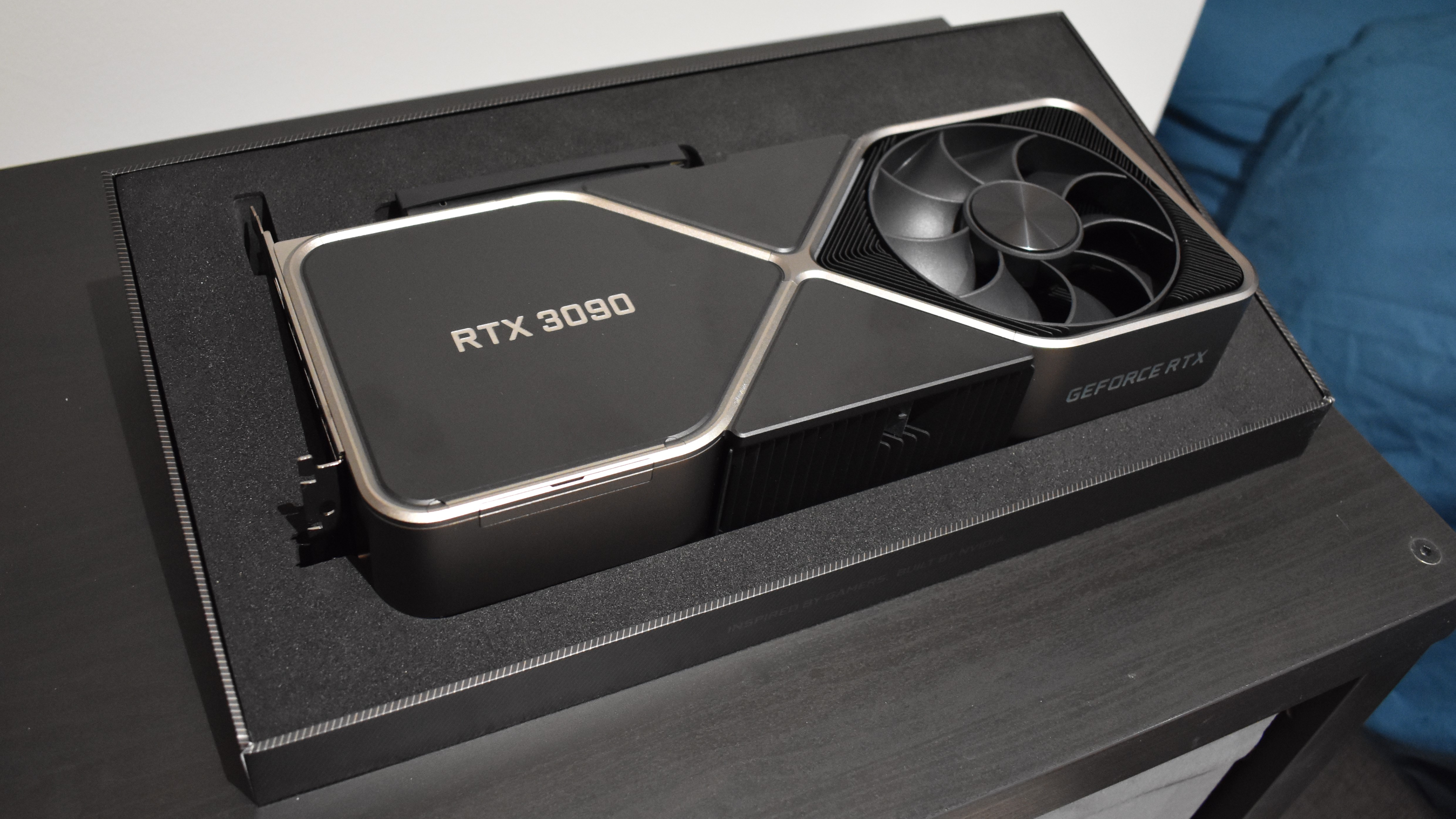
One solution might be to purchase a bot yourself, simply for the single purchase. While this would level the playing field, it’s still money going into the pockets of grey marketeers who build tools integral to the rip-off tactics of full-time scalpers.
Why, though, has their victory driven me into the arms of the RTX 3090? Simple: it’s the graphics card scalpers are least interested in. At least, that’s the conclusion I’ve drawn from a few weeks of “research” (despondent clicking on stock tweets), which showed that new RTX 3090 stock would at least take a couple of minutes to sell out again, rather than a couple of seconds.
Buying this graphics card was not my greatest moment of fortitude. It flies in the face of advice I myself have given others thinking about a new GPU. But given the painful wait for a return to normalcy, and the grifters circling like sharks, I’m convinced it was the only option I had left.

James is currently Hardware Editor at Rock Paper Shotgun, but before that was Audio Editor at Tom’s Guide, where he covered headphones, speakers, soundbars and anything else that intentionally makes noise. A PC enthusiast, he also wrote computing and gaming news for TG, usually relating to how hard it is to find graphics card stock.
